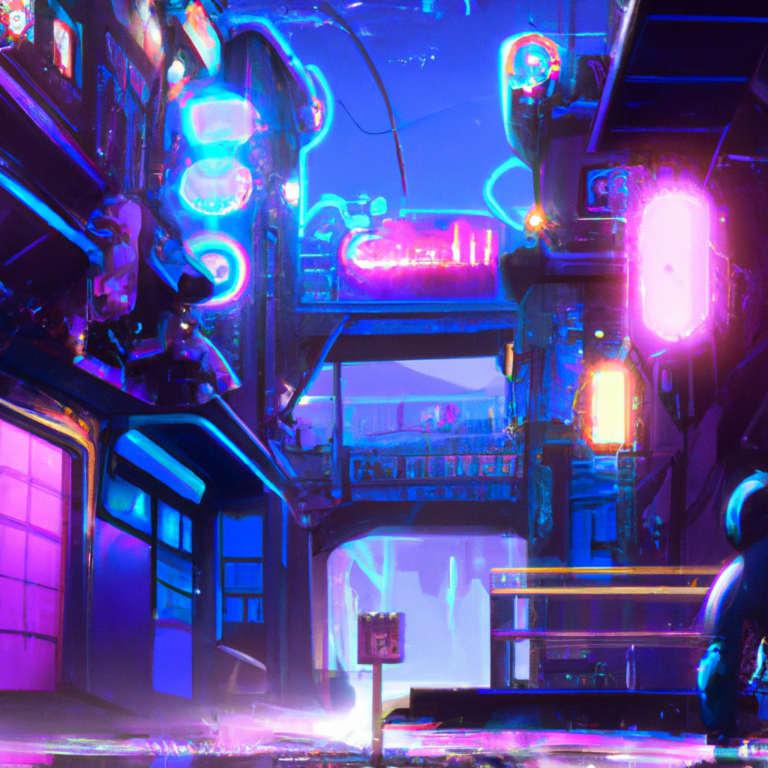“Game On: Exploring the Future of Game Streaming and Its Transformative Impact on Game Design”
The gaming industry has been evolving at a rapid pace in recent years, with advancements in technology and the rise of streaming platforms like Twitch, YouTube Gaming, and Facebook Gaming. As we look to the future, it’s clear that game streaming will continue to play an essential role in the industry, and it will have a significant impact on game design. In this blog post, we will explore what the future of game streaming might look like and how it could shape the way games are developed and experienced.
One of the most significant shifts we’re seeing in the gaming landscape is the rise of cloud gaming, which enables players to access and play high-quality games on various devices without the need for expensive hardware. Services like Google Stadia, NVIDIA GeForce Now, and Microsoft’s Project xCloud are already bringing cloud gaming to the masses, and this trend is expected to grow in the coming years. This shift will undoubtedly impact game design, as developers must now consider how their games will perform on different devices and on varying internet connections.
As cloud gaming becomes more prevalent, we can expect that game developers will need to prioritize scalability and optimization. Games will need to run smoothly on a wide range of devices, including smartphones, tablets, and low-end PCs, without compromising the overall experience. To achieve this, developers may need to invest more time and resources in optimizing their games for various platforms and create adaptive gameplay experiences that cater to different devices and input methods.
Additionally, the rise of game streaming has led to an increased focus on social features and multiplayer experiences. As viewers engage with streamers and their communities, games will need to incorporate social elements that keep players engaged and connected with each other. Features such as built-in chat functionality, spectator modes, and other collaborative mechanics will likely become more prominent in future games.
The success and popularity of a game on streaming platforms can also influence its design, particularly when it comes to discoverability and watchability. Games that perform well on these platforms often have a strong visual identity, a clear progression system, and elements of unpredictability that keep both players and viewers engaged. Developers may increasingly prioritize these factors when designing new games, aiming to create titles that stand out and capture the attention of viewers.
Another notable impact of game streaming on design is the rise of user-generated content (UGC). As viewers interact and engage with streamers, they can potentially influence game development in real-time. Developers may choose to incorporate this feedback into their design process, allowing players to have a more significant impact on the games they love. This approach can lead to more dynamic and engaging gameplay experiences and foster a stronger sense of community and ownership among players.
Lastly, the future of game streaming could have an effect on the business models employed by game developers. As streaming platforms continue to grow and provide new revenue opportunities for developers, we might see a shift towards more service-based business models, such as free-to-play games with in-game purchases or subscription-based access to game content. This change could lead to more long-term support for games, with developers continually updating and adding new content to keep players engaged.
In conclusion, the future of game streaming is undoubtedly set to have a profound impact on the gaming industry and game design. As cloud gaming becomes more accessible and streaming platforms continue to grow, developers will need to adapt their design strategies to cater to these new avenues of game distribution and consumption. By embracing these changes and incorporating new social, multiplayer, and UGC-focused features, developers can create exciting and engaging gaming experiences that will thrive in the world of game streaming.







